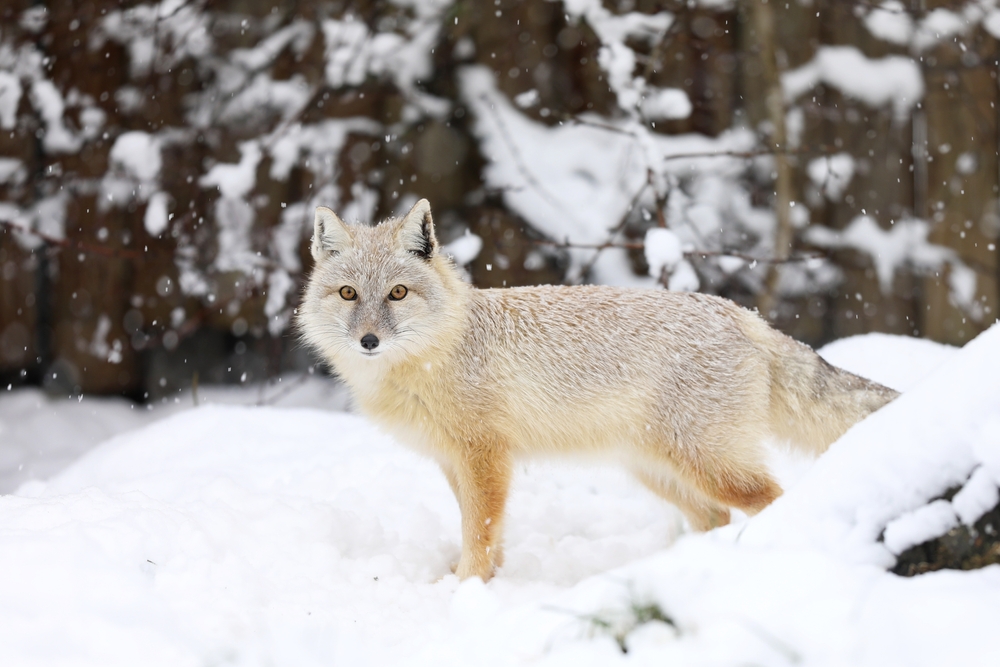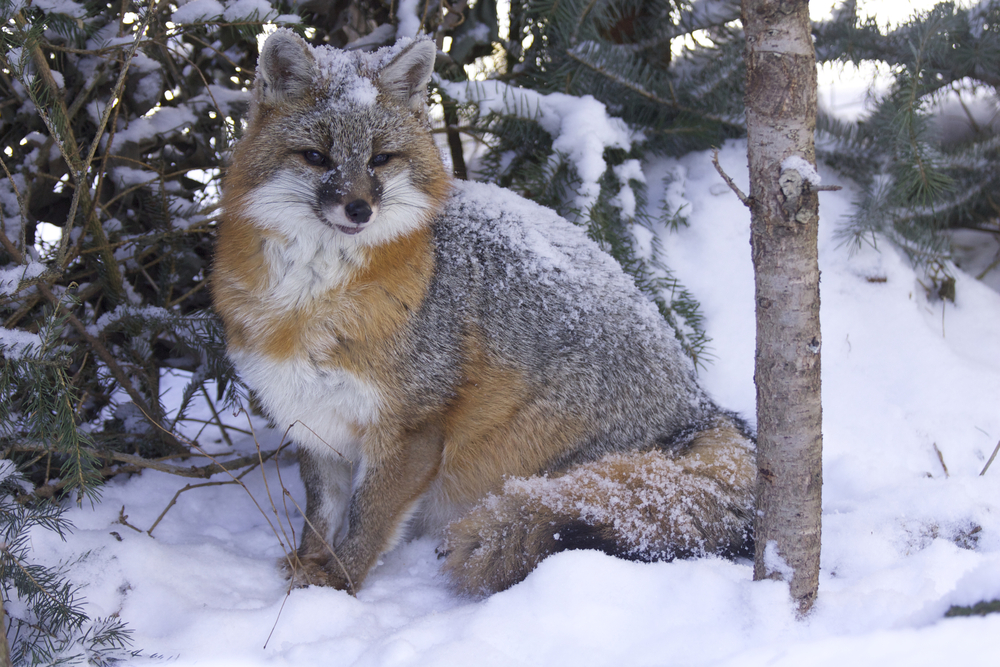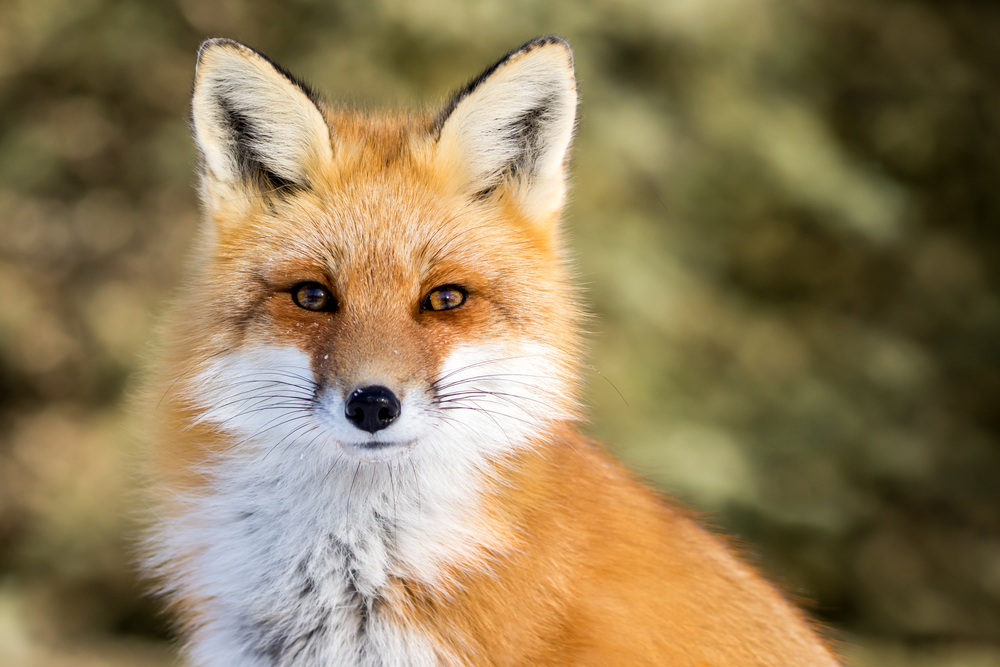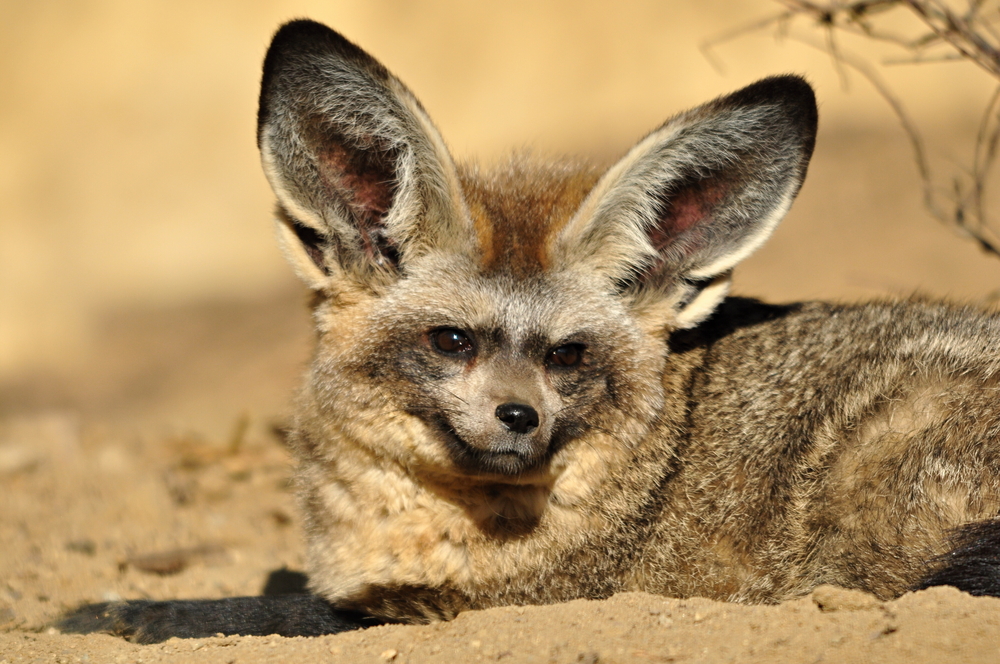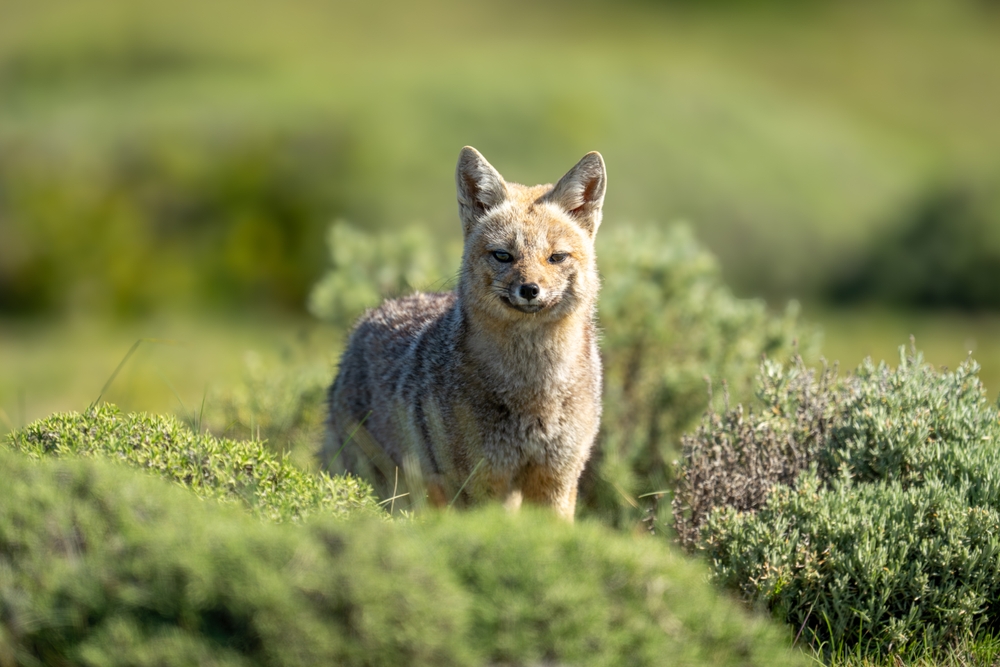About
#Mammals
The corsac fox (Vulpes corsac) is a small, nimble fox species native to the open steppes, deserts, and semi-arid regions of Central Asia, including countries such as Kazakhstan, Mongolia, northern China, and parts of Russia. Belonging to the Canidae family, the corsac fox is known for its soft, pale fur, nocturnal habits, and ability to survive in harsh, sparsely vegetated environments.
Corsac foxes typically measure 45 to 65 cm (18 to 26 inches) in body length, with a tail about 25 to 35 cm (10 to 14 inches) long, and weigh between 1.6 and 3.2 kg (3.5 to 7 pounds). Their dense, silky fur varies from pale grayish-yellow to sandy beige, providing camouflage against the dry grasslands and deserts they inhabit. Their winter coat becomes thicker and lighter in color, offering insulation against cold continental winters.
These foxes are primarily nocturnal and highly nomadic, often moving great distances in search of food. They are opportunistic omnivores, feeding on small mammals (especially rodents), insects, birds, carrion, and occasionally fruits or vegetation. Unlike some other fox species, corsacs are not territorial and may form loosely associated groups in areas with abundant food or denning sites.
Corsac foxes den in burrows—often those abandoned by other animals—and may switch dens frequently. They breed in late winter, with litters of 2 to 6 pups born in spring. The pups remain with the mother through the summer as they learn to forage and hunt.
Although listed as Least Concern by the IUCN, corsac foxes face localized threats from habitat degradation, illegal hunting, and fluctuations in prey populations. Their fur has historically been prized in the fur trade, but population pressures have decreased in recent years due to regulatory protections.
Threatened:
Extinct
Critically Endangered
Endangered
Vulnerable
Near Threatened
Least Concern



































































